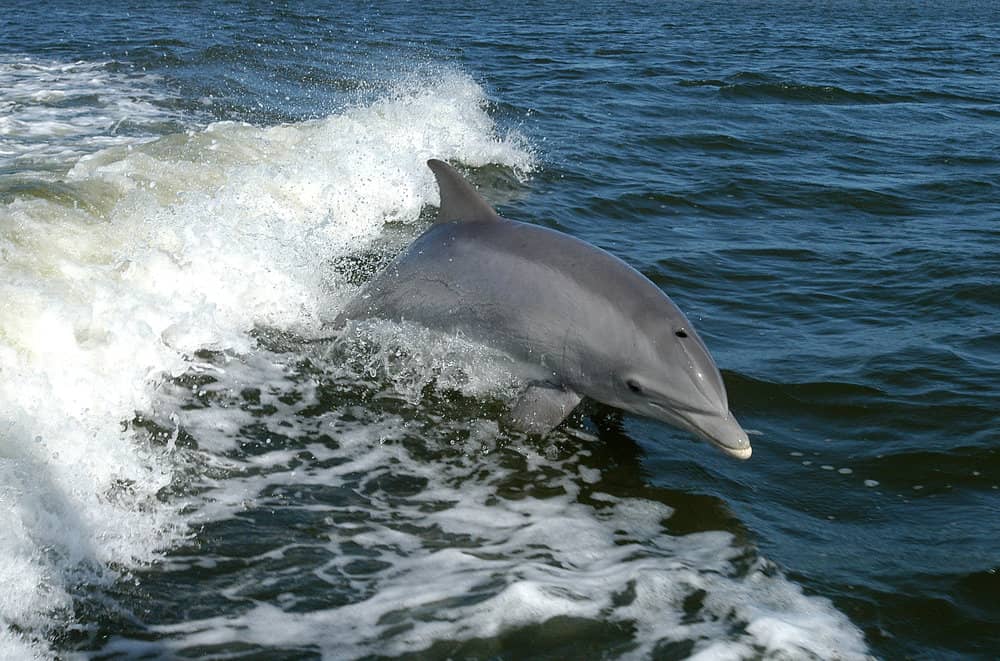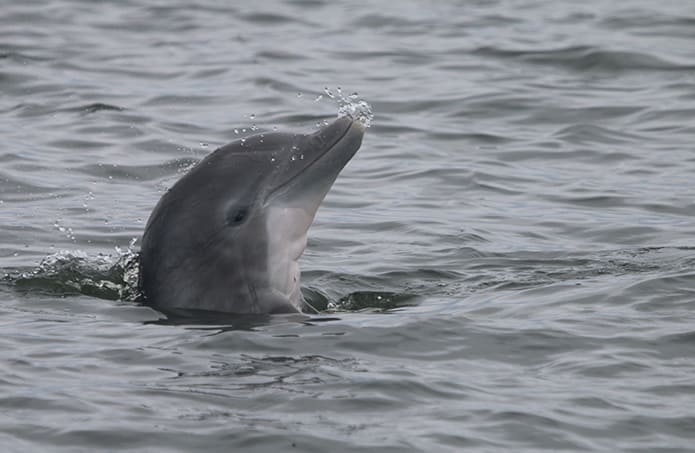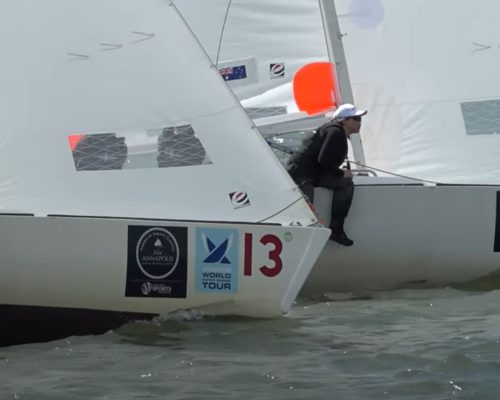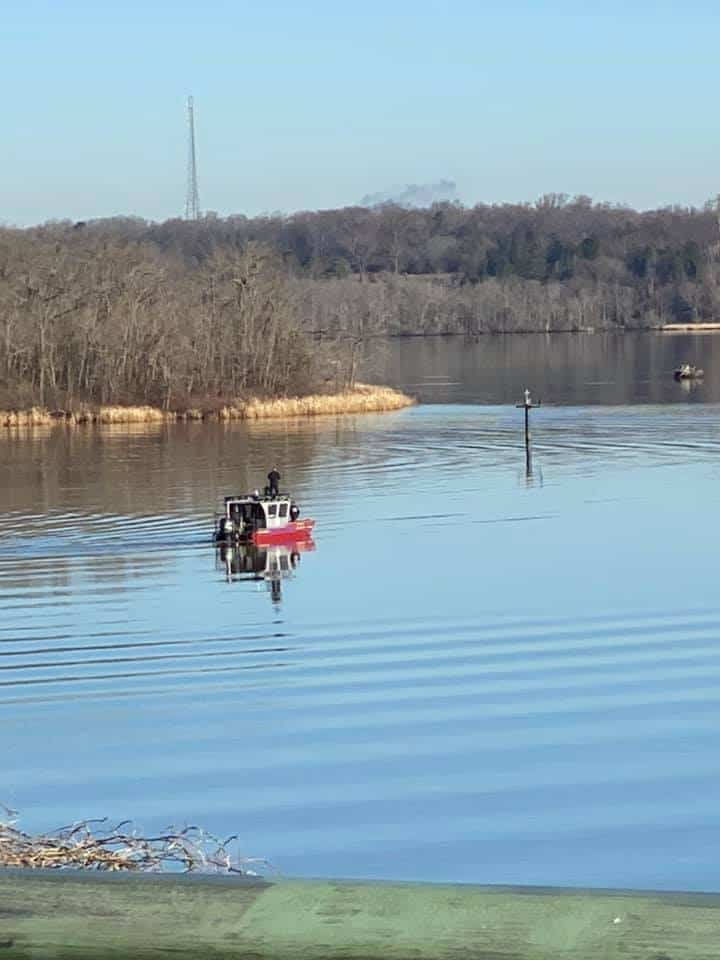Dr. Helen Bailey knows a thing or two about dolphins, and she’s predicting another big summer for bottlenose sightings in the Chesapeake.
Dr. Bailey, Associate Research Professor at the University of Maryland Center for Environmental Science (UMCES)’s Chesapeake Biological Laboratory, studies the movement of dolphins in the Bay. In addition to using underwater microphones that provide information about dolphin communication and feeding patterns, Dr. Bailey and her team gather data from Chesapeake Dolphin Watch, an online program they launched in 2017.
The program, which allows people to report dolphins they see in the Bay, kicked off in late June and received information for more than 900 potential dolphin sightings. Dr. Bailey says the number was “far more than we anticipated,” and, as it turned out, not quite accurate; only about 450 ended up being verified by the Dolphin Watch team.
After receiving feedback from program users and acknowledging how long the verification process was taking, Dr. Bailey says the project has added a few features to what is now an improved web-based app that allows the team to receive “science-quality data.”
According to Dr. Bailey, there have been at least 20 sightings thus far in 2018, and it’s relatively early in the season; sightings peaked last year during the summer months. “We’re really excited,” she says. “We’ve already had number of dolphin sightings this month in the Bay, so it seems like the dolphins are coming back in force now.”
Dr. Bailey says bottlenose dolphins, technically a “depleted population” following a 2013 disease epidemic, are rebounding and are spotted more frequently in the Bay. While people may not always be able to see the conditions of the Bay beneath the waterline, they can see dolphins, which always follow the fish, she says. ”It’s a great sign that you get improved water quality, increasing fish stocks…you get more dolphins coming into the Bay.”
On the Dolphin Watch website, Dr. Bailey encourages everyone to report the dolphins they observe in the Chesapeake. She also cautions that dolphins are wild animals and people should not feed them or get too close. Guidelines for viewing dolphins responsibly can be found on the website.
As for what the rest of the year might hold, Dr. Bailey thinks the number of confirmed spotted dolphins may reach the high-hundreds. “I would not be surprised if we ended up with 900 sightings,” she says.
To learn more about Chesapeake Dolphin Watch, click here.

–Laura Boycourt




